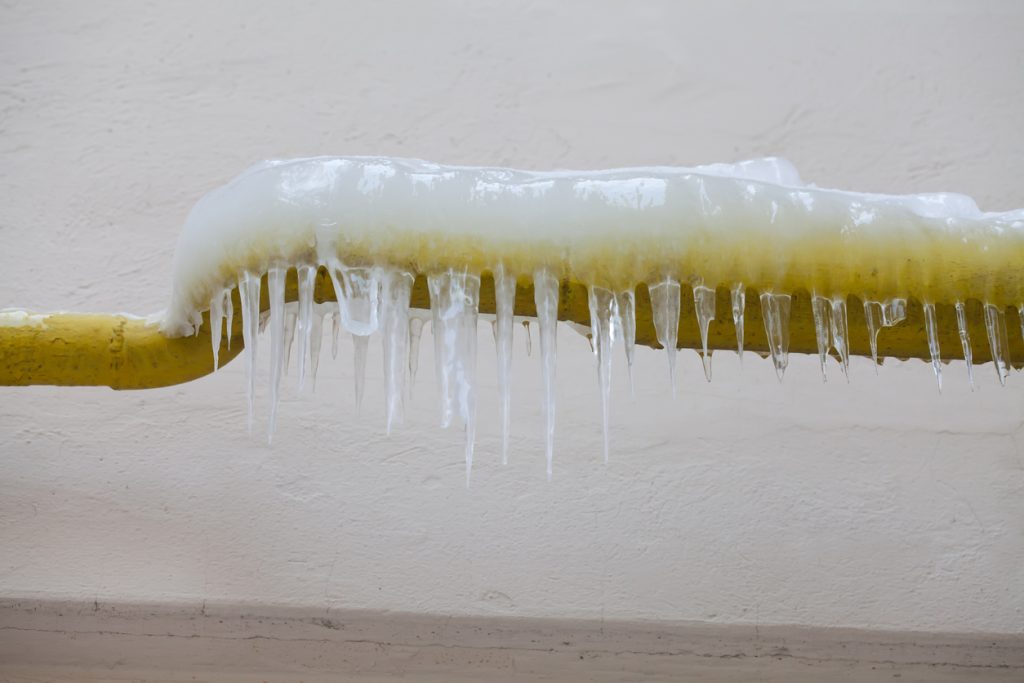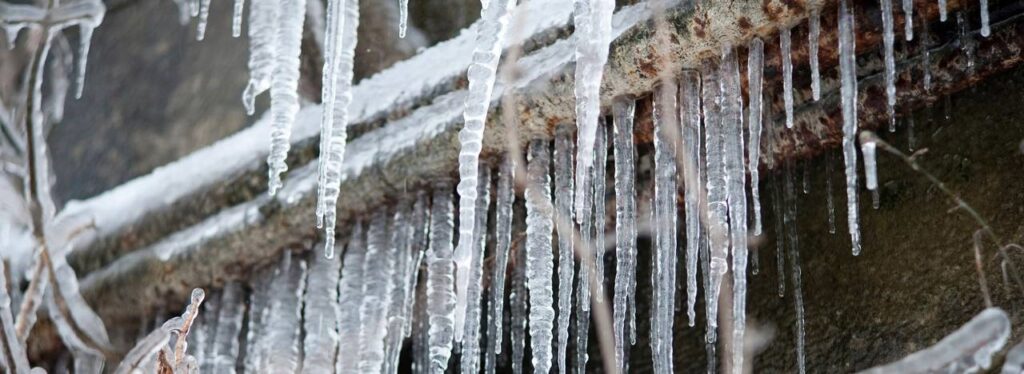Tips to Keep Pipes from Freezing Issues: Important Guidance
Tips to Keep Pipes from Freezing Issues: Important Guidance
Blog Article
What are your thoughts about How to prepare your home plumbing for winter weather?

Winter can damage your pipes, especially by freezing pipelines. Right here's how to stop it from occurring and what to do if it does.
Introduction
As temperatures decline, the threat of frozen pipes rises, possibly leading to pricey fixings and water damages. Understanding just how to stop frozen pipes is essential for homeowners in cold environments.
Avoidance Tips
Shielding susceptible pipes
Wrap pipes in insulation sleeves or utilize heat tape to secure them from freezing temperature levels. Focus on pipelines in unheated or external areas of the home.
Home heating strategies
Keep interior areas adequately heated up, particularly locations with pipes. Open up cabinet doors to allow warm air to distribute around pipes under sinks.
Exactly how to determine icy pipelines
Try to find lowered water circulation from taps, unusual odors or noises from pipelines, and noticeable frost on revealed pipelines.
Long-Term Solutions
Architectural modifications
Think about rerouting pipes away from outside wall surfaces or unheated locations. Add extra insulation to attic rooms, basements, and crawl spaces.
Updating insulation
Purchase top quality insulation for pipes, attic rooms, and walls. Proper insulation aids keep constant temperatures and decreases the danger of icy pipes.
Securing Exterior Plumbing
Garden hoses and outdoor faucets
Detach and drain pipes yard pipes before winter season. Set up frost-proof spigots or cover outdoor taps with protected caps.
Understanding Icy Pipes
What creates pipes to ice up?
Pipes ice up when exposed to temperature levels below 32 ° F (0 ° C) for expanded periods. As water inside the pipes ices up, it expands, taxing the pipeline walls and possibly creating them to rupture.
Threats and damages
Frozen pipes can bring about supply of water interruptions, home damages, and pricey repairs. Burst pipes can flood homes and cause comprehensive structural damage.
Indicators of Frozen Piping
Recognizing icy pipes early can stop them from bursting.
What to Do If Your Pipelines Freeze
Immediate actions to take
If you suspect icy pipelines, keep taps available to relieve pressure as the ice thaws. Utilize a hairdryer or towels taken in hot water to thaw pipes slowly.
Final thought
Stopping frozen pipes requires proactive actions and fast responses. By comprehending the causes, indicators, and safety nets, home owners can safeguard their pipes throughout cold weather.
5 Ways to Prevent Frozen Pipes
Drain Outdoor Faucets and Disconnect Hoses
First, close the shut-off valve that controls the flow of water in the pipe to your outdoor faucet. Then, head outside to disconnect and drain your hose and open the outdoor faucet to allow the water to completely drain out of the line. Turn off the faucet when done. Finally, head back to the shut-off valve and drain the remaining water inside the pipe into a bucket or container. Additionally, if you have a home irrigation system, you should consider hiring an expert to clear the system of water each year.
Insulate Pipes
One of the best and most cost-effective methods for preventing frozen water pipes is to wrap your pipes with insulation. This is especially important for areas in your home that aren’t exposed to heat, such as an attic. We suggest using foam sleeves, which can typically be found at your local hardware store.
Keep Heat Running at 65
Your pipes are located inside your walls, and the temperature there is much colder than the rest of the house. To prevent your pipes from freezing, The Insurance Information Institute suggests that you keep your home heated to at least 65 degrees, even when traveling. You may want to invest in smart devices that can keep an eye on the temperature in your home while you’re away.
Leave Water Dripping
Moving water — even a small trickle — can prevent ice from forming inside your pipes. When freezing temps are imminent, start a drip of water from all faucets that serve exposed pipes. Leaving a few faucets running will also help relieve pressure inside the pipes and help prevent a rupture if the water inside freezes.
Open Cupboard Doors
Warm your kitchen and bathroom pipes by opening cupboards and vanities. You should also leave your interior doors ajar to help warm air circulate evenly throughout your home.

Do you appreciate reading about Helpful Tips to Prevent Frozen Pipes this Winter? Leave a comment down the page. We would be happy to listen to your thinking about this review. We are looking forward to see you back again soon. In case you appreciated our post please consider to pass it around. Thanks a lot for your time spent reading it.
Need Help? Hire Us Now! Report this page